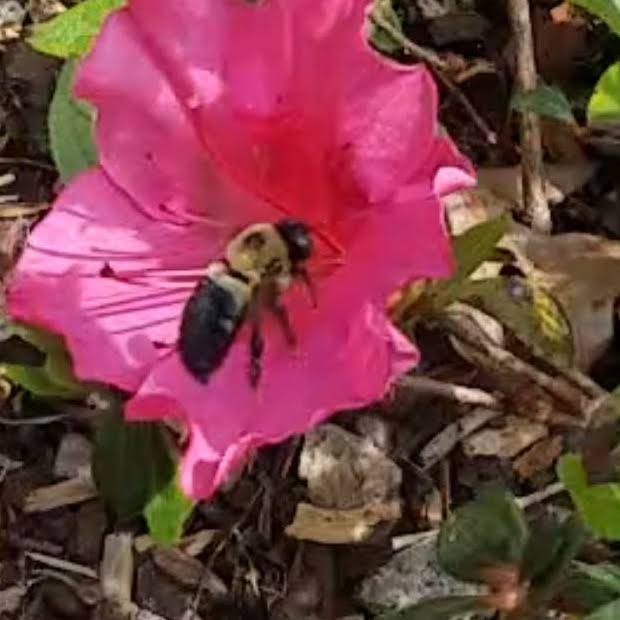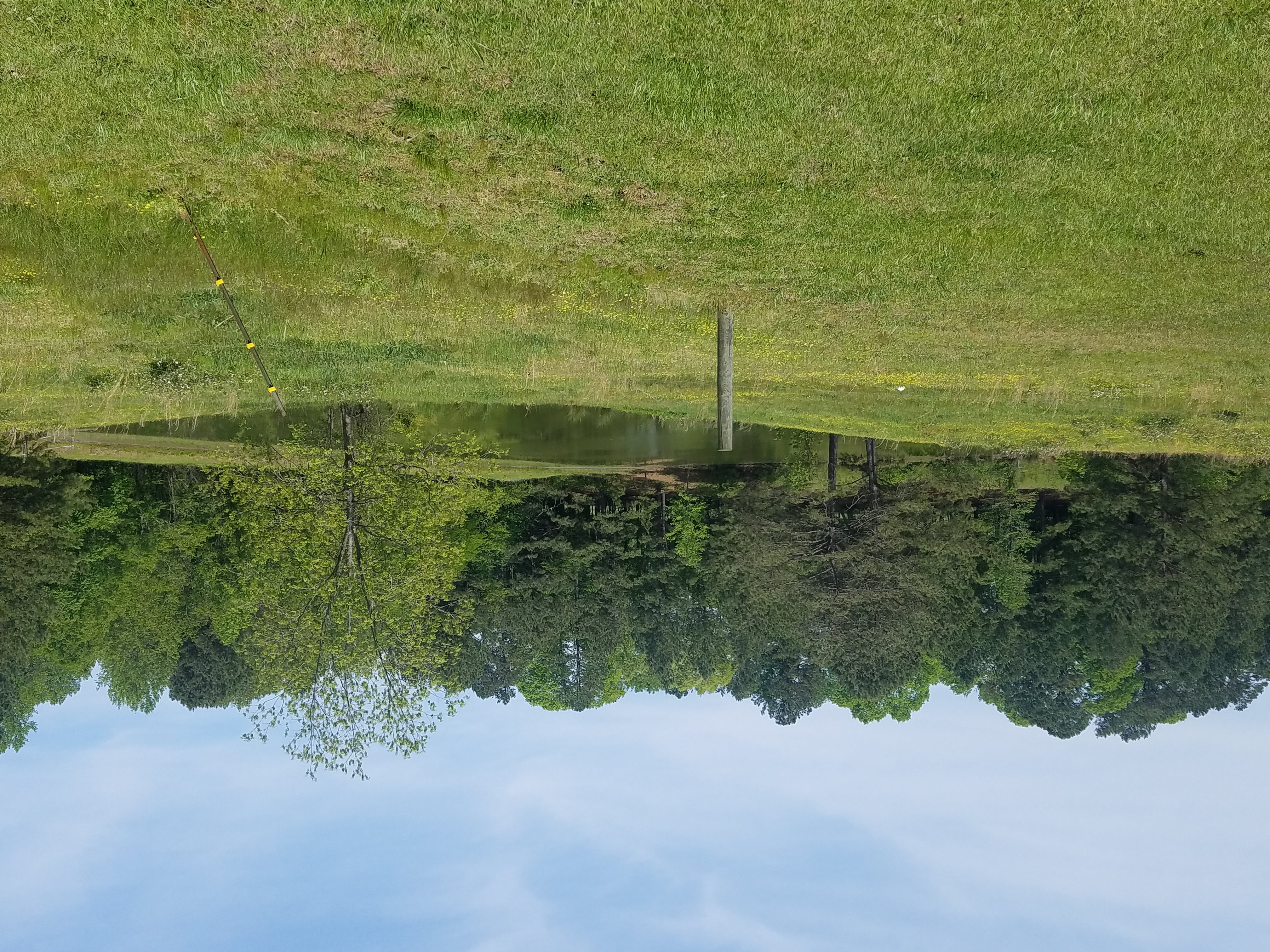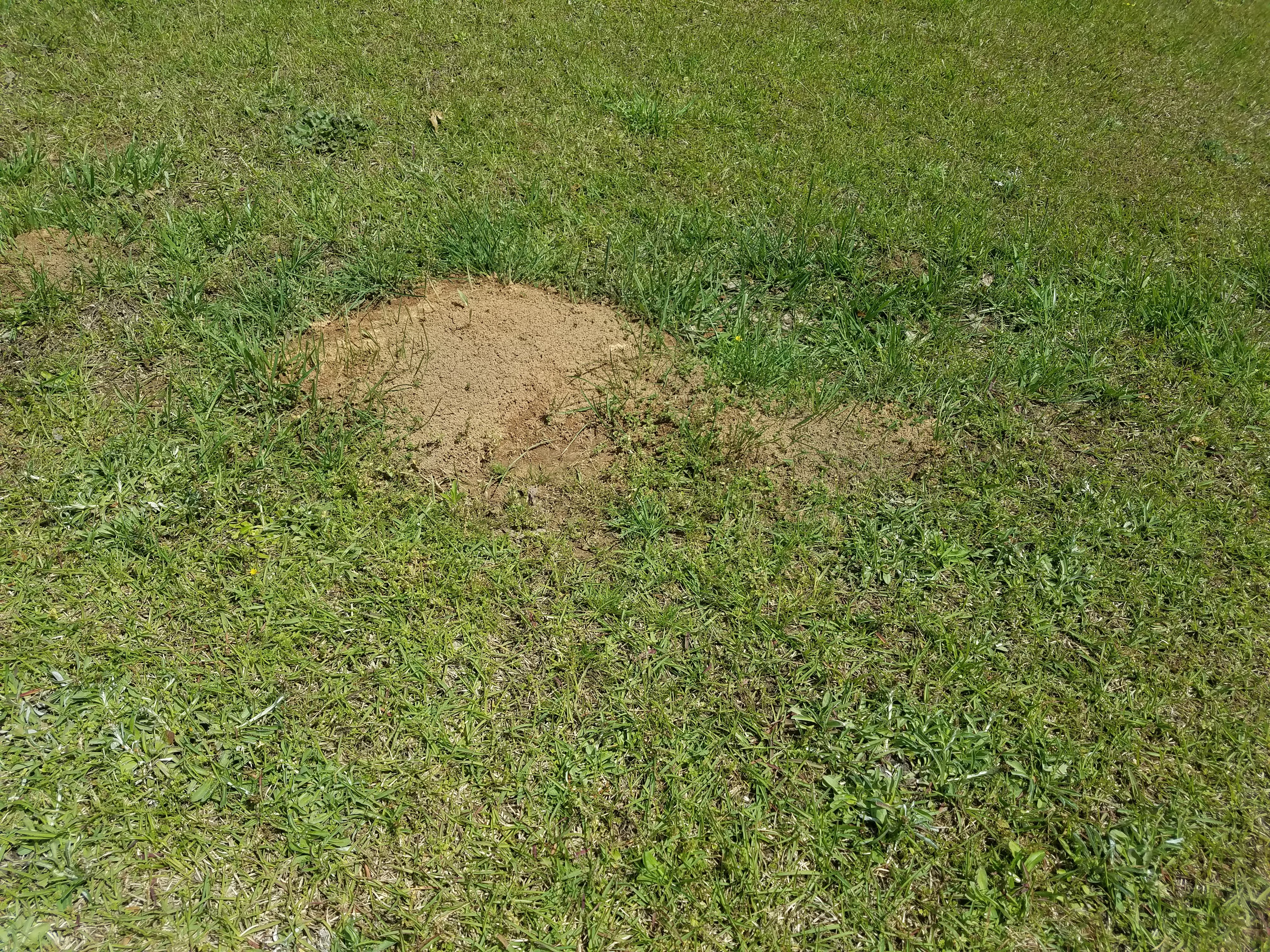Insects Are Around – What’s Bugging You?
go.ncsu.edu/readext?679913
en Español / em Português
El inglés es el idioma de control de esta página. En la medida en que haya algún conflicto entre la traducción al inglés y la traducción, el inglés prevalece.
Al hacer clic en el enlace de traducción se activa un servicio de traducción gratuito para convertir la página al español. Al igual que con cualquier traducción por Internet, la conversión no es sensible al contexto y puede que no traduzca el texto en su significado original. NC State Extension no garantiza la exactitud del texto traducido. Por favor, tenga en cuenta que algunas aplicaciones y/o servicios pueden no funcionar como se espera cuando se traducen.
Português
Inglês é o idioma de controle desta página. Na medida que haja algum conflito entre o texto original em Inglês e a tradução, o Inglês prevalece.
Ao clicar no link de tradução, um serviço gratuito de tradução será ativado para converter a página para o Português. Como em qualquer tradução pela internet, a conversão não é sensivel ao contexto e pode não ocorrer a tradução para o significado orginal. O serviço de Extensão da Carolina do Norte (NC State Extension) não garante a exatidão do texto traduzido. Por favor, observe que algumas funções ou serviços podem não funcionar como esperado após a tradução.
English
English is the controlling language of this page. To the extent there is any conflict between the English text and the translation, English controls.
Clicking on the translation link activates a free translation service to convert the page to Spanish. As with any Internet translation, the conversion is not context-sensitive and may not translate the text to its original meaning. NC State Extension does not guarantee the accuracy of the translated text. Please note that some applications and/or services may not function as expected when translated.
Collapse ▲Hey Cloverbuds, what different types of animals live around us? In addition to dogs, cats, birds, and squirrels, we share our environment with many creatures, like ants, grasshoppers, beetles, spiders, and more. So who shares your world with you?
 Go outdoors and sit and listen. What do you hear? I hear the busy drone of a Carpenter Bee looking for some nectar to eat or maybe mix with pollen to make a ball of food for her offspring that will probably hatch next month. I bet I can find her eggs in cells at the end of a drilled out wooden hole in my deck railing. Carpenter Bees need water, shelter (drilled out holes), and food (nectar and pollen, not wood) to survive. Carpenter Bees are pollinators and are therefore helpful insects. They do minimal damage but many would count them as pests too. For more information about the carpenter bee check out this NC State Extension Fact Sheet.
Go outdoors and sit and listen. What do you hear? I hear the busy drone of a Carpenter Bee looking for some nectar to eat or maybe mix with pollen to make a ball of food for her offspring that will probably hatch next month. I bet I can find her eggs in cells at the end of a drilled out wooden hole in my deck railing. Carpenter Bees need water, shelter (drilled out holes), and food (nectar and pollen, not wood) to survive. Carpenter Bees are pollinators and are therefore helpful insects. They do minimal damage but many would count them as pests too. For more information about the carpenter bee check out this NC State Extension Fact Sheet.
Now I hear Lucy, my dog running through the woods, her dog tags are jingling and her feet are crunching the leaves on the forest floor. I wonder if she will pick up any ticks since it is now tick season. Ticks will reach out their front legs like an acrobat waiting on a trapeze but for the tick Lucy is its ride. Thankfully Lucy has a flea and tick collar so they won’t hurt her. I think I should go for a walk in the woods too but first I need to tuck my pants into my socks, put on long sleeves, and spray myself with insect repellant. While I walk did you know, ticks have four stages in their life cycle:  the egg, the larva, nymph, and adult? After hatching they must have a blood meal to move into their next stage. You can tell the difference between the nymph and the adult by the number of legs. I hope you don’t find any but if you do you should count the legs. If there are only six you know you are seeing a nymph and if there are eight you have an adult tick.I better watch my step there are geese in the pond. Ticks and geese need water, shelter, and food to survive.
the egg, the larva, nymph, and adult? After hatching they must have a blood meal to move into their next stage. You can tell the difference between the nymph and the adult by the number of legs. I hope you don’t find any but if you do you should count the legs. If there are only six you know you are seeing a nymph and if there are eight you have an adult tick.I better watch my step there are geese in the pond. Ticks and geese need water, shelter, and food to survive.
Well look, I walked all the way to Pocket Creek and I hear Lucy going for a swim. I also hear a Cardinal, a Mockingbird, and many sounds I cannot identify. I am thankful the mosquitos are not out at this time of day. They sure are pesky but fascinating creatures. They begin as an egg and need water to hatch. Once hatched the larvae, or wrigglers, eat bacteria and algae out of the water. I love to watch them wriggle and swim in the old red wagon, right before I pour it out! If you get bit by a mosquito, guess what? It was a girl. Birds and mosquitos need water, shelter, and food to survive. For more about mosquitos check out this NC State Fact Sheet.
No! Lucy! Ugh, she got me wet. Time to head back so Lucy can lay in the sun and dry off before it is time to go inside.  I can see ahead of me a large red mound of, yep, fire ants. I don’t remember having fire ants in my yard when I was a little girl. They are new to the United States, coming from Brazil. Lucy knows to walk around them, thank goodness because they both sting and bite, even through her fur. I will have to check out the NC State Fact Sheet to learn how to treat this pest. Ants need water, shelter, and food to survive.
I can see ahead of me a large red mound of, yep, fire ants. I don’t remember having fire ants in my yard when I was a little girl. They are new to the United States, coming from Brazil. Lucy knows to walk around them, thank goodness because they both sting and bite, even through her fur. I will have to check out the NC State Fact Sheet to learn how to treat this pest. Ants need water, shelter, and food to survive.
Now that I am back home I will check myself all over for ticks. I need to check again before I go to bed because they are sneaky creatures. If one should bite me I will carefully pull it off with tweezers, circle the bite spot with a permanent marker so I won’t forget where it is, and make a note in my calendar since some ticks can make me sick. If I have any rash or fever over the next several weeks I will know to tell my doctor when I was bitten. For more information about ticks check out this NC State Extension Fact Sheet.
I hear my wind chimes and my stomach growling. It is time for a meal. Like insects and birds, humans need water, shelter, and food to survive. I am going to eat. Keep using all your senses to explore your yard and watch out for pests!
Insect activity for Cloverbuds




